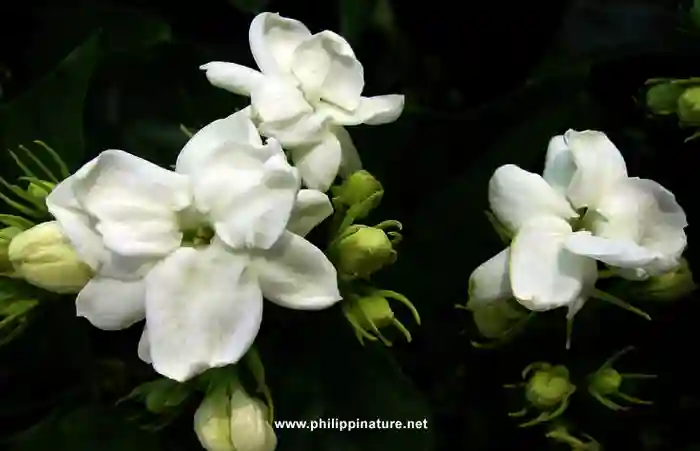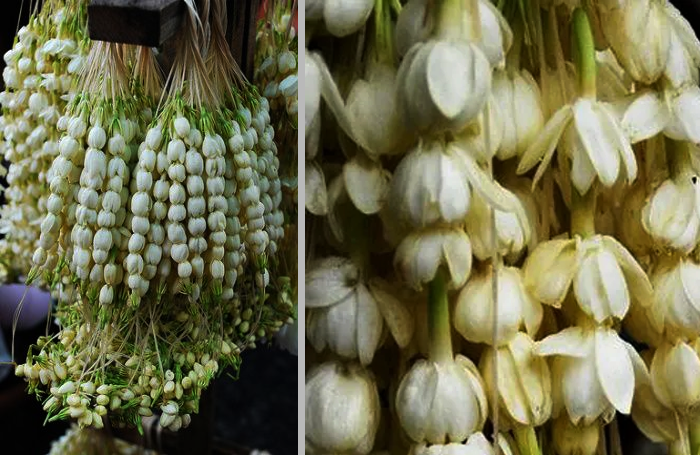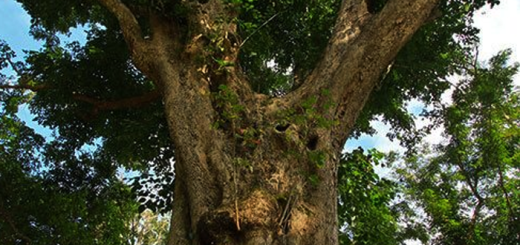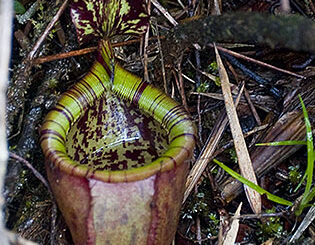Sampaguita – A Tiny Flower with a Big Heart

In the quiet corners of Filipino gardens and the bustling streets of Manila, a delicate fragrance often lingers in the air—the sweet, calming scent of the Sampaguita. With its small, white blossoms and simple beauty, the Sampaguita may appear modest, but it carries with it a legacy of deep cultural meaning, devotion, and national pride.
A Symbol of Purity and Humility
The name “Sampaguita” comes from the Filipino phrase “sumpa kita”, which translates to “I promise you.” It’s a fitting name for a flower that represents loyalty, purity, and everlasting love. The flower is often woven into garlands and offered at altars, draped around statues of saints, or used to greet guests with honor and affection.
Unlike grand and colorful blooms, the Sampaguita is small, simple, and pristine—just a few white petals arranged in a star-shaped cluster. But its simplicity is where its charm lies. It stands as a reminder that beauty doesn’t need to be extravagant to be powerful.
The National Flower of the Philippines
In 1934, the Sampaguita was officially declared the national flower of the Philippines by then-Governor-General Frank Murphy. It was chosen not just for its beauty, but for what it represents—the Filipino spirit. Like the people of the Philippines, the Sampaguita is resilient, fragrant, and quietly strong, blooming even in the heat of the tropical sun.
The flower is also associated with devotion and spiritual purity, which reflects the country’s deeply rooted Catholic faith. It is often used in religious ceremonies, during Holy Week processions, and in church offerings.
More Than Just a Flower
For many Filipinos, the Sampaguita is tied to memories—of a grandmother stringing garlands on a lazy afternoon, of children selling fragrant necklaces at church entrances, or of old songs that speak of unchanging love and unbroken promises. One such song, “Sampaguita,” composed by Dolores Paterno in the 19th century, has become a cultural touchstone.
In modern times, the Sampaguita still makes its presence known. It’s part of the logos of schools, organizations, and even political movements. It remains a quiet yet powerful emblem of Filipino identity.

Growing and Caring for Sampaguita
The Sampaguita (scientific name: Jasminum sambac) is actually a type of jasmine. It thrives in warm climates and needs plenty of sunlight. Gardeners often grow it not just for its beauty, but also for the rich aroma that fills the air at dusk and dawn.
To grow Sampaguita:
- Choose a sunny spot with well-drained soil.
- Water regularly, but avoid overwatering.
- Prune occasionally to encourage blooming.
The blooms are most fragrant in the early evening, making them a delight in home gardens or balconies.
Sampaguita: True Strength Lies in Humility
The Sampaguita may be a small flower, but its presence is deeply felt. It teaches us that true strength lies in humility, and that the simplest things often carry the most meaning. Whether worn as a garland, grown in a garden, or remembered in a song, the Sampaguita continues to bloom—not just in the soil, but in the hearts of the Filipino people.
Learn more about trees in The Philippines.
References:
https://en.wikipedia.org/wiki/Jasminum_sambac












